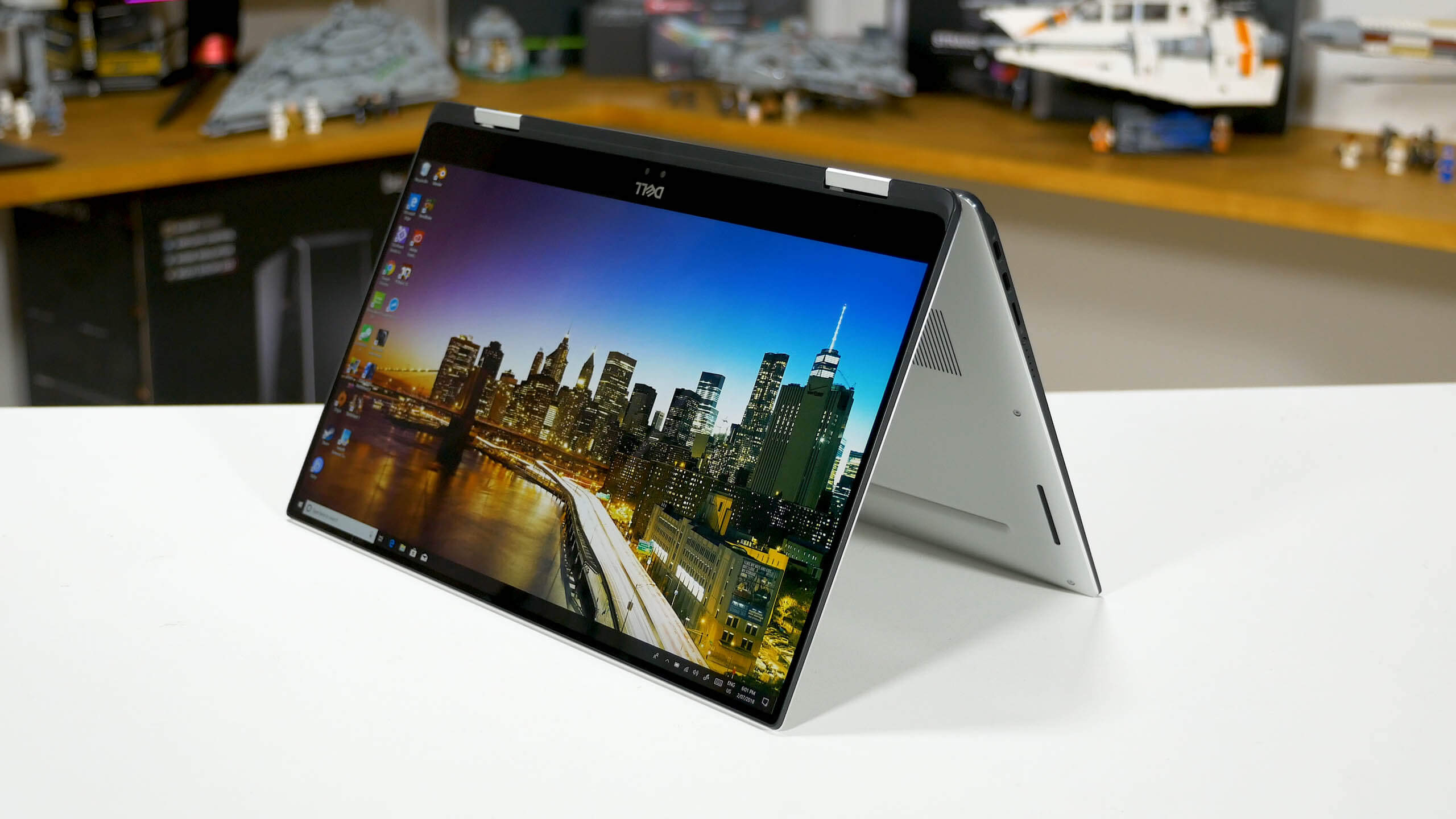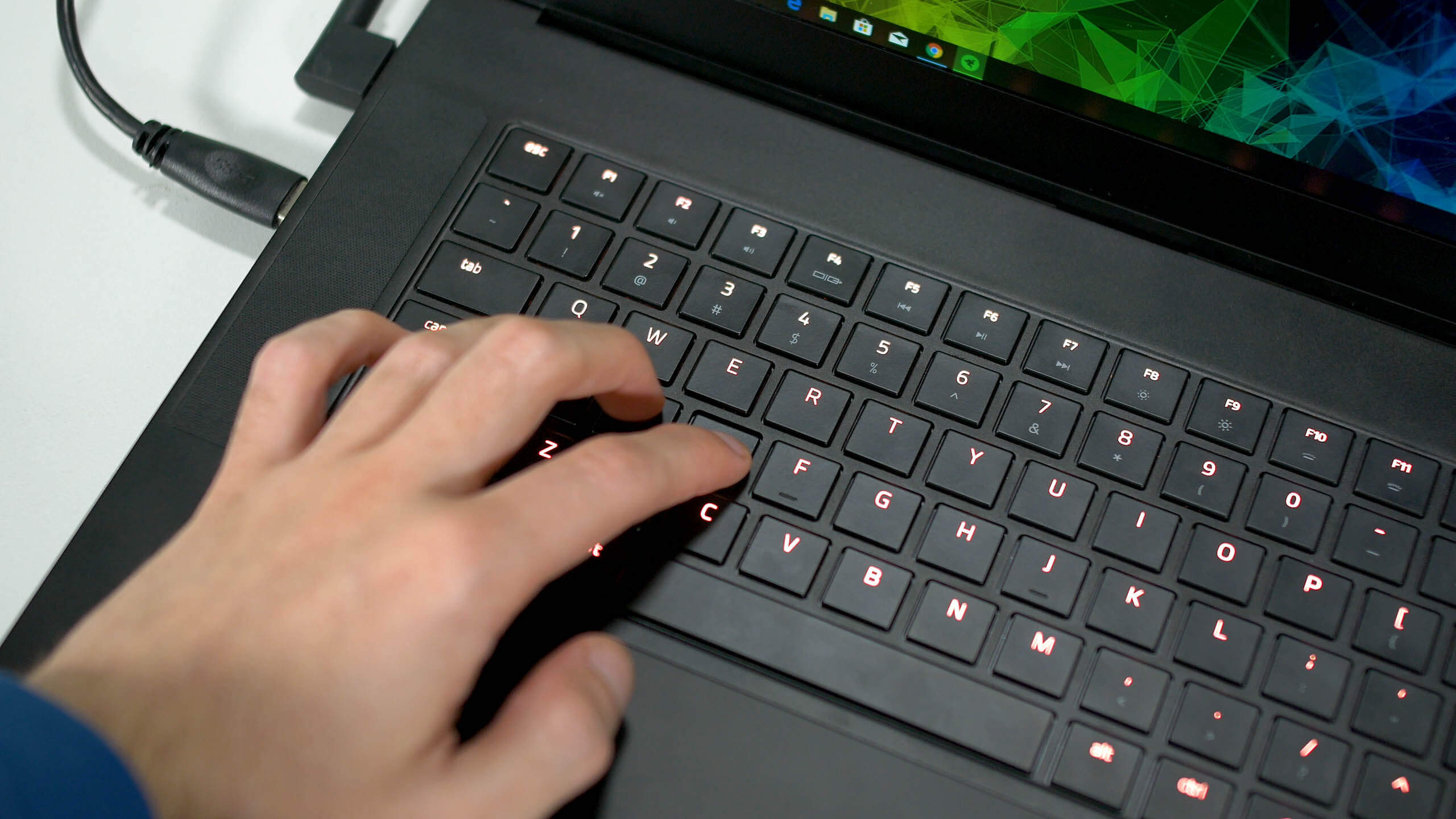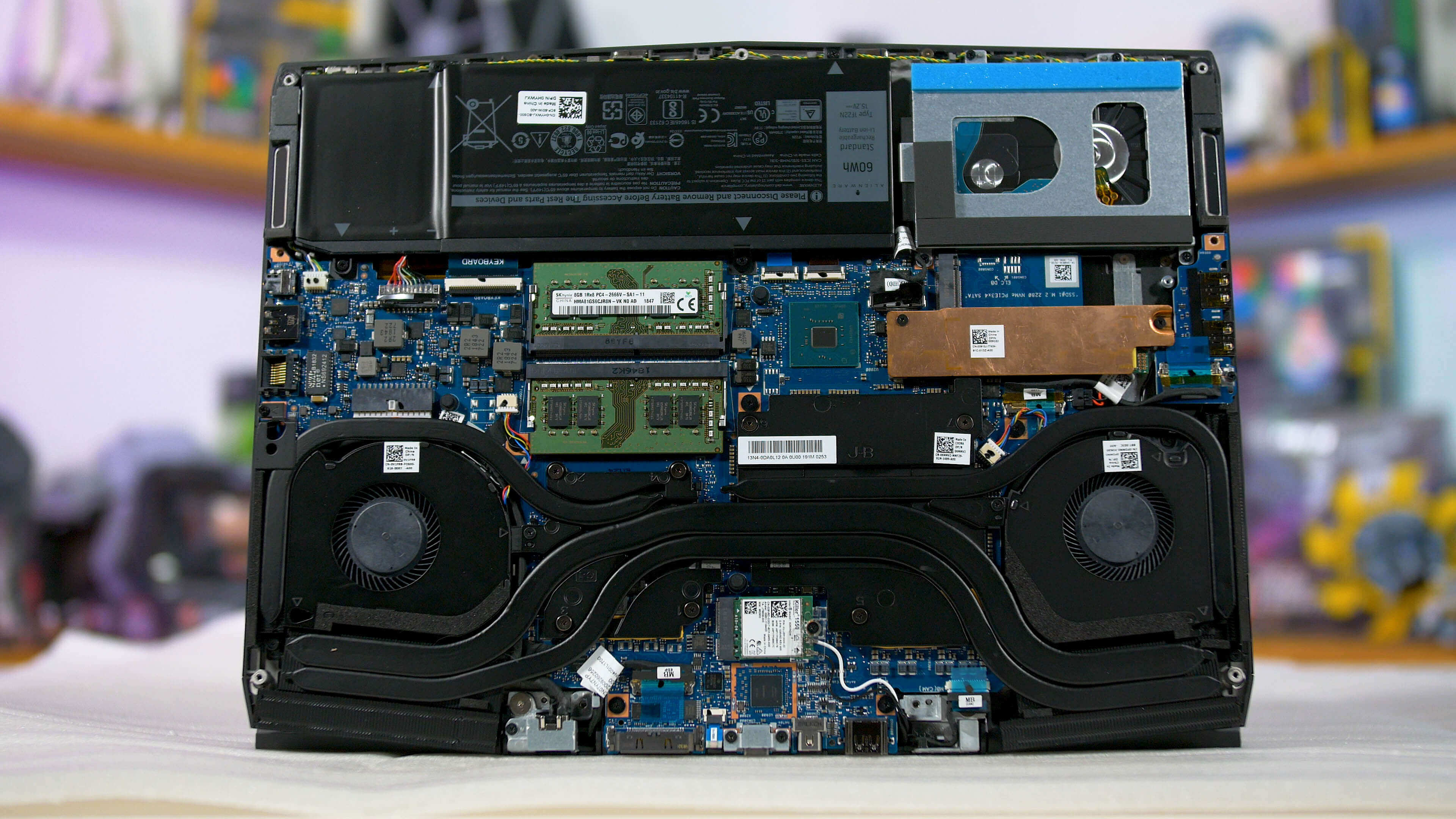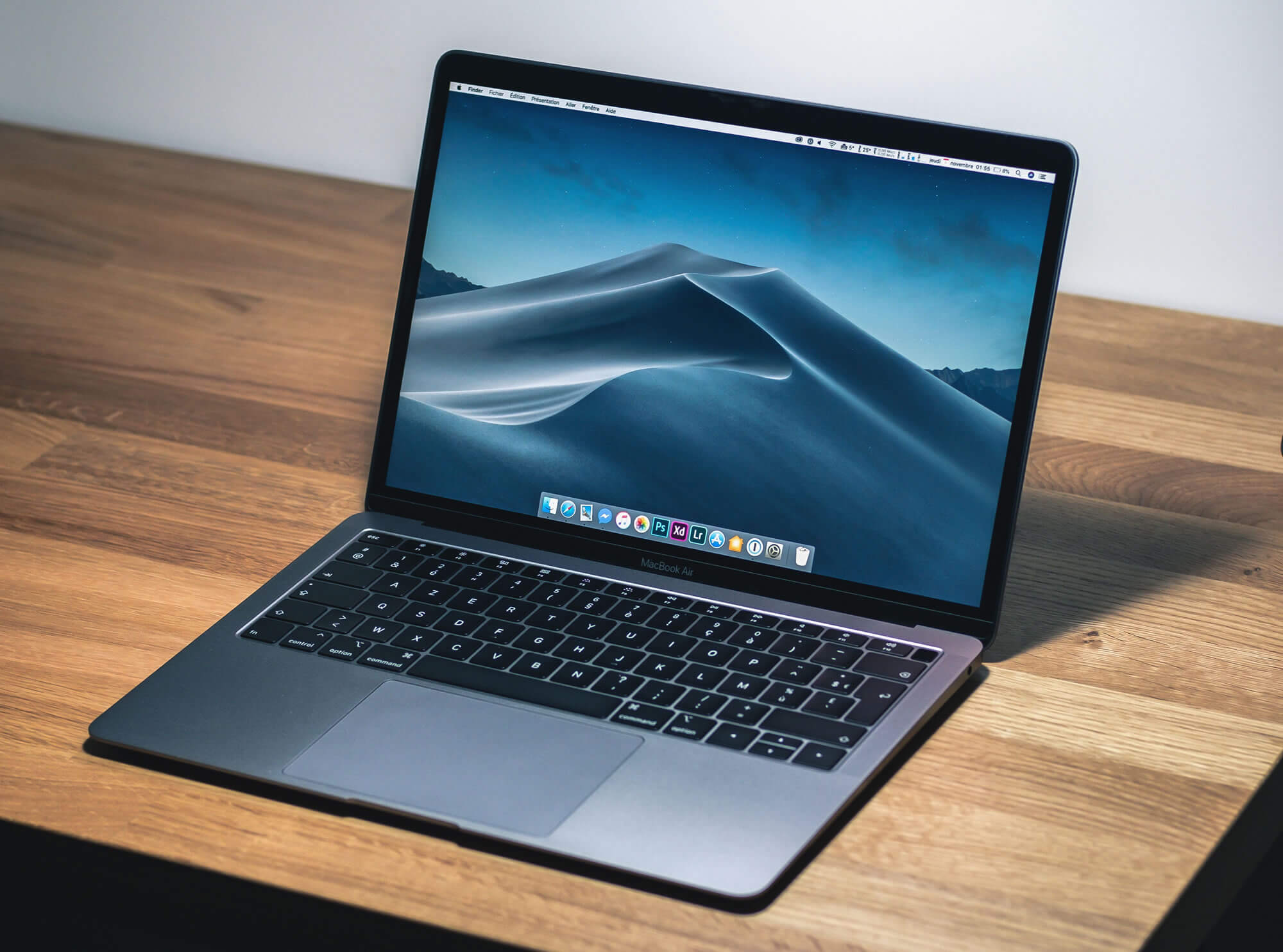Reasons to Upgrade Your Laptop (That Go Beyond a Performance Upgrade)
It used to be 关键字2that buying a new laptop every few years was more or less necessary just to keep up with the large leaps in processing power. Now those generational performance jumps are smaller and there is less pressure to upgrade to a new system for that reason alone. However, there are other good reasons to look at getting a new laptop to replace your existing two- to five-year-old unit that go beyond performance alone.
Manufacturers are continually working on ways to entice consumers into upgrading to a newer model, but that's not it. In recent years there have been actual hardware developments and new trends in modern laptops that when looked at together can make for a compelling argument. We've experienced some of these leaps and that's what inspired the idea for this article.
In addition to year-on-year tweaks to make the latest laptop models more attractive, many technologies that used to be reserved for high-end models have permeated to the mainstream, including much better displays and resolutions, improved hardware efficiency and battery life, and overall better build quality even on lower price points.
Displays
It used to be that upgrading to a laptop with a bigger display meant taking on extra weight and a larger overall footprint. These days that might not necessarily be the case depending on what you currently have. Thinner bezels are now standard which combined with more lightweight hardware can potentially allow a user to upsize their display a couple of inches without increasing much of the bulk.
To use a practical example, the last time I upgraded my personal laptop I went from a 2012 11-inch MacBook Air to a 2016 13-inch MacBook Pro (same design as the current outgoing model). Gaining two diagonal inches increased my carry weight by about half a pound. In terms of footprint, the MacBook Pro is only 0.17 inches wider and 0.8 inches deeper. The size/weight comparison was stunning. Most popular 15-inch laptops have also benefited from ultra-thin bezels, which results in what used to be 14-inch or less kind of footprint.

For most, 4K on a 13- to 15-inch screen is overkill and mostly unnecessary. However, you don't need to go all the way to 4K for gaining all that clarity and sharpness of text. It's all about high DPI, and for these smaller screens, 1080p resolutions and above should do the trick. It makes a world of difference compared to lower resolution displays, plus operating systems and software applications have finally reached the point of widespread support for high DPI.
If you're using an older (3+ year) Dell XPS or Lenovo ThinkPad / Yoga model (just to quote three very popular models that we have recommended in the past along with MacBooks), the gains in build and display quality are stunning.
On the upper end of the spectrum, we are starting to see OLED screens on some laptops. For gamers, support for high refresh rates is mandatory and once again, these are making it to the mainstream pricing levels whereas before you needed to spend no less than $2,000 to get those features.
Likewise, for productivity laptops that are competitively priced, most mainstream offerings no longer suffer from poor viewing angles or poor color reproduction, with many models using IPS panels which guarantees some degree of quality.
Input
Depending on use, some people still prefer to use a mouse tethered to their laptop, but a touchpad remains essential for portability. Touchpads have improved substantially over the years, and depending on how old your laptop is, you might find some of the newer technology of benefit.
Touchpads used to have buttons below the touch sensor to replicate the left and right buttons of a mouse. This design was clunky to use. Dragging and dropping required either the use of two hands or some funky finger contortions. Today, almost all laptops incorporate multi-touch sensors and numerous gesture controls that are well suited to the improved hardware and software in recent designs.

Apple led the way on reliable touchpads that work well and have a larger surface dedicated to it, but most other manufacturers have followed suit to bring outstanding implementations. For those who rely on the touchpad as their pointing device, the poor designs of yesteryear compared to today's standard can make or break productivity (or lose your need for an external mouse).
Keyboards have not seen the same leaps, with manufacturers continually looking to slim things down. Chiclet keyboards are prevalent among laptop makers and have become virtually silent. They tend to be responsive and allow for thin profiles, though, this comes with a trade-off. They tend to have less key travel and tactile feedback, which is not ideal in some situations such as gaming. Although, gaming laptops have continued to evolve and have put out proper countermeasures even if the idea of true mechanical keyboards in laptops didn't take off.
CPUs: Performance vs. Efficiency
We won't delve deep into laptop CPUs since we have dedicated several articles to the topic, but we'd be remiss in not mentioning them if only for the fact that more current processors provide advantages that go beyond clock cycles. For an in-depth look at some of the newer laptop processors, check out some of our recent reviews, including this piece pitting Intel's latest Core i7-9750H against the previous-gen i7-8750H – these are two typical processors used in performance-oriented laptops.
Next-generation processors don't provide the Moore's Law speed jumps like they used to. Just as a comparison, let's look at the performance gap between the last three best performing laptop Core i7s.
Let's compare the Core i7-6567U (Skylake), Core i7-7567U (Kaby Lake), and Core i7-8559U (Coffee Lake). Going from Skylake to Kaby Lake, i7 processors saw a 21-percent jump in performance, while the bump between Kaby Lake and Coffee Lake was a slightly better 35-percent increase. This larger jump was due in part to the transition from two to four cores. More significant, of course, is the jump from sixth to eighth generation --- a 64 percent improvement.

Battery Life
Battery life improvements are also a factor to consider. While replacements for aging batteries cost less than a new laptop, you may benefit from the advanced technology used in more recent batteries. Most manufacturers switched from nickel-cadmium (NiCad) and nickel-metal hydride (NiMH) to lithium-ion (Li-ion) batteries years ago. Li-ion cells provide longer life without some of the problems of older power sources such as the memory effect and overcharging issues.
Even though your current notebook probably has a Li-ion battery, the technology has also seen improvements where the cells charge faster and last longer. You no longer have to worry about the memory effect degrading your battery's performance when partially charging.

The road to better next-gen batteries seems to be far off still, yet the average laptop has gone from ~3-4 hour battery life to 8+ hours in the last decade thanks to efficiency improvements. Road warriors from the likes of Dell, HP, and Lenovo are known to deliver over 12 hours of uptime as well.
Build Quality
Laptops have become lighter and thinner, and one would intuitively think that would make them more fragile, but that is not the case. Just the other day I accidentally dropped my MacBook Pro from about three feet above the concrete, something I will strive to never do again. I think my heart suffered more damage than my laptop. Aside from a small scuff on the corner, you can't even tell it was dropped. I doubt my old Sony Vaio with its plastic construction would have fared better.
In the case of Apple's MacBook, the durability comes thanks to a CNC unibody fabrication process pioneered by Apple. The process was borrowed from the aerospace industry and uses computer numerical control machines to carve out the chassis from a single block of aluminum. While Apple may have brought the unibody design to the PC world, it is not exclusive to MacBooks as HP and others (Microsoft, Razer, Lenovo, Dell) have adopted it as well. Aside from budget models, a vast majority of ultrabooks and mid-range to premium laptops have full aluminum or hybrid construction that is considerably better throughout and stronger than similarly priced models from five years ago.

Not Just Faster, But Cooler...
Connectivity has also seen improvements. Bluetooth is near standard in all laptops, as is 802.11ac WiFi, with workstation offerings adding 4G LTE connectivity on top. USB-C is quickly becoming a new standard as well, although it comes with some shortcomings. Some models, such as current MacBooks, offer only USB-C ports making adapters the only option for legacy ports. Other ports like HDMI and Ethernet appear to be on their way out, with most favoring wireless connectivity unless required via USB-C.
Well built laptops with adequate cooling also run much cooler and more quietly. Unlike my old Vaio, which sounded like a 747 taking off when I was pushing it, the newer MacBook Pro is utterly silent even under the most strenuous use.
---
If your laptop is 4 years old or older, there are plenty of reasons to upgrade that don't have anything to do with grand jumps in processing power (though you may be getting that, too). Bigger displays with smaller footprints and higher resolutions, better components and battery life, all work together to provide a more satisfying portable computing experience.
Whether you are in the market for a higher-end gaming system or workstation, or you just want something that your kids can use for homework, there are plenty of things to consider other than whether it has the latest and greatest processor.
Shopping Shortcuts (for a few laptops that we like):
- (Ultrabook) Dell XPS 13
- (Ultrabook) Lenovo IdeaPad S940
- (Gaming) Razer Blade Pro 17
- (Gaming) Asus ROG G703GX
- (Budget Gaming) Acer Predator Helios 300
- (Convertible, high-end) Microsoft Surface Book 2
- (Convertible) Lenovo Yoga C930
- (Budget and Light) Asus ZenBook UX333FA
-
Call of Duty: Modern Warfare II Season 05 Reloaded Free Access光宝前进SNEC PV+上海国际太阳能光伏与智慧能源大会 聚焦光耦合新能源应用 全面引领系统安全与效率升级新趋势玩战士必须要懂得取舍园区搭台打通校企合作“最后一公里” 毕业生就业、企业发展双向奔赴潮汐守望者开服兑换码是什么 开服兑换码使用攻略春日打卡!美人梅、郁金香、18个小岛组成的巨幅花田……金山这个生态园开启视觉盛宴《猎人之道》PC版下载 Steam正版分流下载中国女排17岁首发打满五局 “天才少女”望成为世界级球星双色球开10注720万分落6地 江西爆3102万大奖《信你个鬼》PC版下载 Steam正版分流下载
- ·足球宝贝自诩不爱运动 健身只为翘臀
- ·暖冬守护 保供同行
- ·Spain vs. France 2025 livestream: Watch UEFA Nations League semi final for free
- ·青马课堂:安全骑马指南(下)
- ·Think this space station and moon photo is AI? Meet the photographer.
- ·2025年跟单员工作总结(精选25篇)
- ·Đại gia Đức An: Phan Như Thảo thay đổi quá nhiều
- ·Testing AMD's new Radeon Anti
- ·谈起玩家的游戏体验首推新开传奇网站
- ·开放空间瓶中小径全收集攻略
- ·Spain vs. France 2025 livestream: Watch UEFA Nations League semi final for free
- ·Testing AMD's new Radeon Anti
- ·《三国志13》君主扮演剧本难度攻略
- ·光宝前进SNEC PV+上海国际太阳能光伏与智慧能源大会 聚焦光耦合新能源应用 全面引领系统安全与效率升级新趋势
- ·Đại gia Đức An: Phan Như Thảo thay đổi quá nhiều
- ·传奇里怪物掉落的奖励物品靠抢
- ·突破极限!法师40级装备打造与升级全攻略
- ·大超称《战锤40K》为此生挚爱 指导剧集简直梦想成真
- ·Spain vs. France 2025 livestream: Watch UEFA Nations League semi final for free
- ·Barca edge Real Madrid in thriller
- ·创新成就未来 联运知慧成为国家高新技术企业
- ·权志龙否认与李珠妍恋爱 两人之前曾被D社拍到
- ·Call of Duty: Warzone Season 04 Vondel Tactical Preview — SpecGru Recon Operation Declassified
- ·辽宁省第十届三块石登山活动举行
- ·超维计划蔡文姬属性及技能介绍
- ·玩战士必须要懂得取舍

